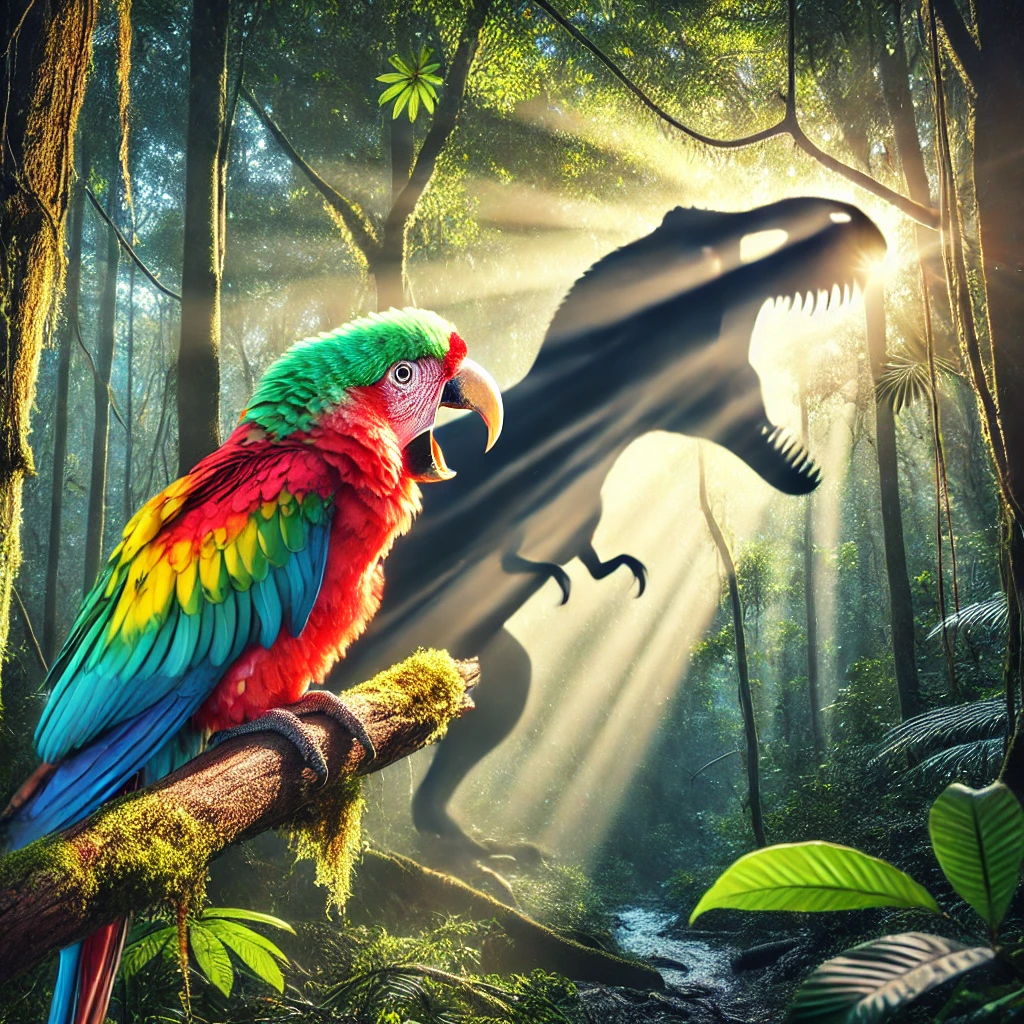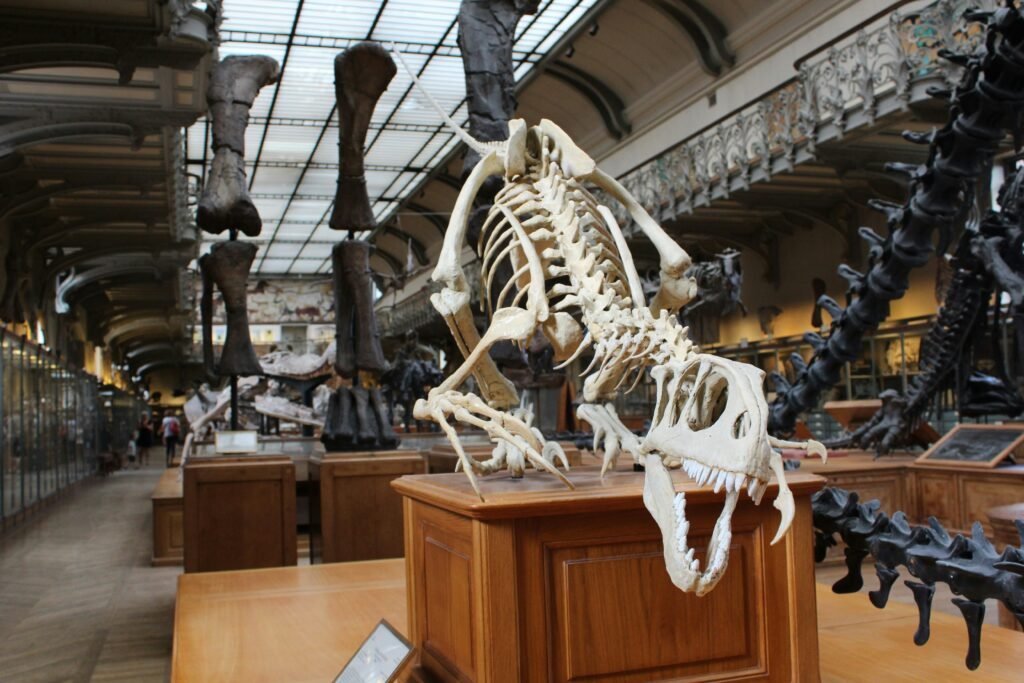The idea that birds are modern-day dinosaurs might seem like a fantastical notion straight out of a science fiction novel. However, this is a well-supported scientific fact, and among the birds we see today, parrots are some of the most fascinating relatives of the ancient dinosaurs. This article delves into the evolutionary lineage that connects parrots to their prehistoric ancestors, explores the anatomical and genetic evidence, and considers what this relationship tells us about both the past and the present.

The connection between birds and dinosaurs, specifically theropod dinosaurs, has been established through extensive fossil evidence. Theropods are a group of bipedal saurischian dinosaurs that include the likes of Tyrannosaurus rex and Velociraptor. In the late 19th century, palaeontologists discovered Archaeopteryx, a transitional fossil that exhibited both avian and dinosaurian features. This discovery was pivotal in understanding the evolutionary transition from non-avian dinosaurs to birds.
Palaeontologist Dr. Mark Norell, a curator at the American Museum of Natural History, states, “The fossil evidence is indisputable. Birds are living dinosaurs, and every feathered creature you see today carries with it the legacy of ancient theropods.”
Modern birds, including parrots, share several key characteristics with theropod dinosaurs:
Parrots belong to the order Psittaciformes, which is believed to have diverged from other bird groups around 59 million years ago, not long after the extinction of non-avian dinosaurs 66 million years ago. The survival of their ancestors through the mass extinction event at the end of the Cretaceous period suggests that the early relatives of parrots were adaptable and resilient.
Parrots exhibit several features that highlight their dinosaurian heritage:
Dr. Alan Feduccia, a notable ornithologist, comments, “The intelligence and social complexity of parrots are reminiscent of what we might expect from some of the smarter theropods. These traits have undoubtedly been honed over millions of years.”

Modern genetic research has further solidified the link between birds and dinosaurs. Analysis of the DNA of modern birds, including parrots, shows evolutionary patterns consistent with descent from theropod dinosaurs. Comparisons of protein sequences from dinosaur fossils with those of birds reveal similarities that reinforce their close relationship.
In rare instances, scientists have discovered fossilised soft tissues, such as collagen, in dinosaur bones. These tissues, when compared to those of modern birds, show a significant degree of similarity, providing molecular evidence for their shared ancestry.
Dr. Mary Schweitzer, a palaeontologist known for her work on dinosaur soft tissues, states, “The molecular similarities between the collagen in dinosaur fossils and that in modern birds provide compelling evidence of their close evolutionary relationship.”
The relationship between parrots and dinosaurs provides valuable insights into the process of evolution. It illustrates how drastic changes can occur over millions of years, transforming fearsome predators into the diverse and often beautiful bird species we see today.
Recognising birds as living dinosaurs underscores the importance of preserving avian species and their habitats. Parrots, many of which are endangered, represent a unique and irreplaceable branch of the dinosaur family tree. Conservation efforts are not just about saving birds but about preserving the last living dinosaurs.
Dr. David Steadman, an ornithologist and curator at the Florida Museum of Natural History, emphasises, “Protecting birds is crucial not just for their survival but for preserving a direct link to our planet’s distant past.”
The idea that parrots and other birds are living dinosaurs captures the imagination and can be a powerful tool for education. It bridges the gap between the distant past and the present, making the study of palaeontology and evolutionary biology more accessible and engaging.
The evidence is clear: birds, including parrots, are the direct descendants of theropod dinosaurs. This remarkable lineage connects the vibrant, intelligent birds we see today with the ancient, awe-inspiring creatures that once roamed the Earth. By appreciating this connection, we not only gain a deeper understanding of the natural world but also recognise the enduring legacy of the dinosaurs in our daily lives. In essence, we are indeed living with dinosaurs, and they continue to captivate and inspire us with their presence.
